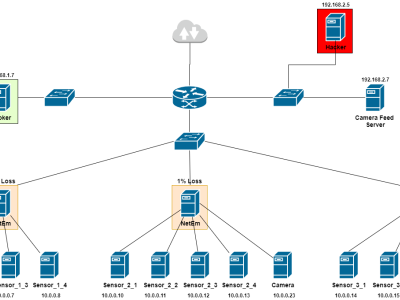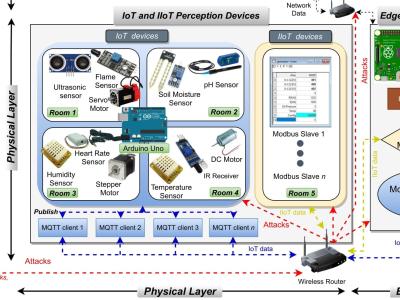Comparative Performance Analysis of Cryptographic Workloads Across Cloud Providers: A Multi-Language Study on FaaS and IaaS Platforms Dataset

- Citation Author(s):
- Submitted by:
- Jeremiah Webb
- Last updated:
- DOI:
- 10.21227/exdf-7558
- Data Format:
 85 views
85 views
- Categories:
- Keywords:
Abstract
Cloud computing has become a relatively new paradigm for the delivery of compute re-
sources, with key management services (KMS) playing a crucial role in securely handling cryptographic
operations in the cloud. This paper presents the microbenchmark of cloud cryptographic workloads, in-
cluding SHA HMAC generation, AES encryption/decryption, ECC signature/verification, and RSA encryp-
tion/decryption, across Function-as-a-Service (FaaS) and Infrastructure-as-a-Service (IaaS) in conjunction
with KMS offerings from Amazon Web Services (AWS) and Microsoft Azure to conduct a comparative
performance analysis. The methodology involves the AWS Cloud Development Kit (CDK) and the Bicep
language to deploy AWS Lambda Functions and Azure Functions, respectively, to work with their respective
KMS to conduct cryptographic workloads. Additionally, these workloads are executed on Elastic Compute
Cloud (EC2) instances and Azure Virtual Machines using specific burst instance types. The performance
assessment spans multiple configurations, including x86_64 and Arm64 architectures, various programming
languages (Rust, Go, Python, Java, C#, and TypeScript), and function memory allocations. The findings
highlight performance trade-offs between FaaS and IaaS compute paradigms for cryptographic workloads,
emphasizing variations in execution speed and resource utilization. The impact of different hardware
architectures, programming languages, memory configurations, and instance types is analyzed, providing
information on optimal cloud deployment strategies for cryptographic workloads.
Instructions:
See the Github results folder for further analysis. The csvs are put it in there, there are the cleaned and raw results. Cleaned just means the data results are combined into a single csv as needed for the research analysis, the raw results are the literal raw results retrieved from the experiment. The CSVs are comma seperated.






